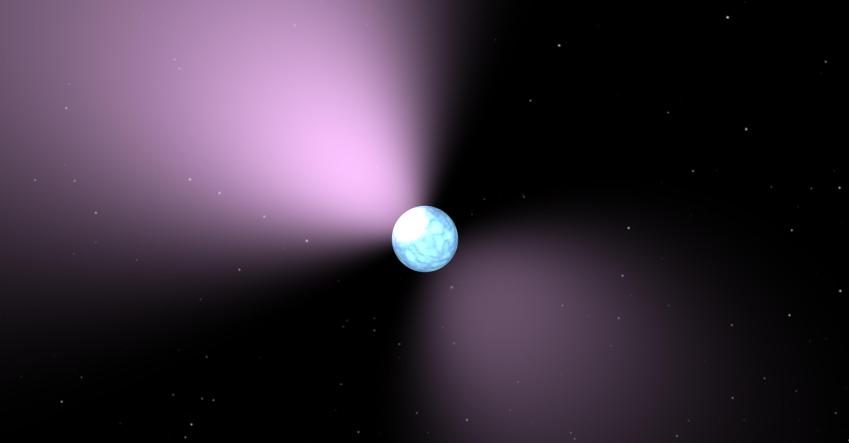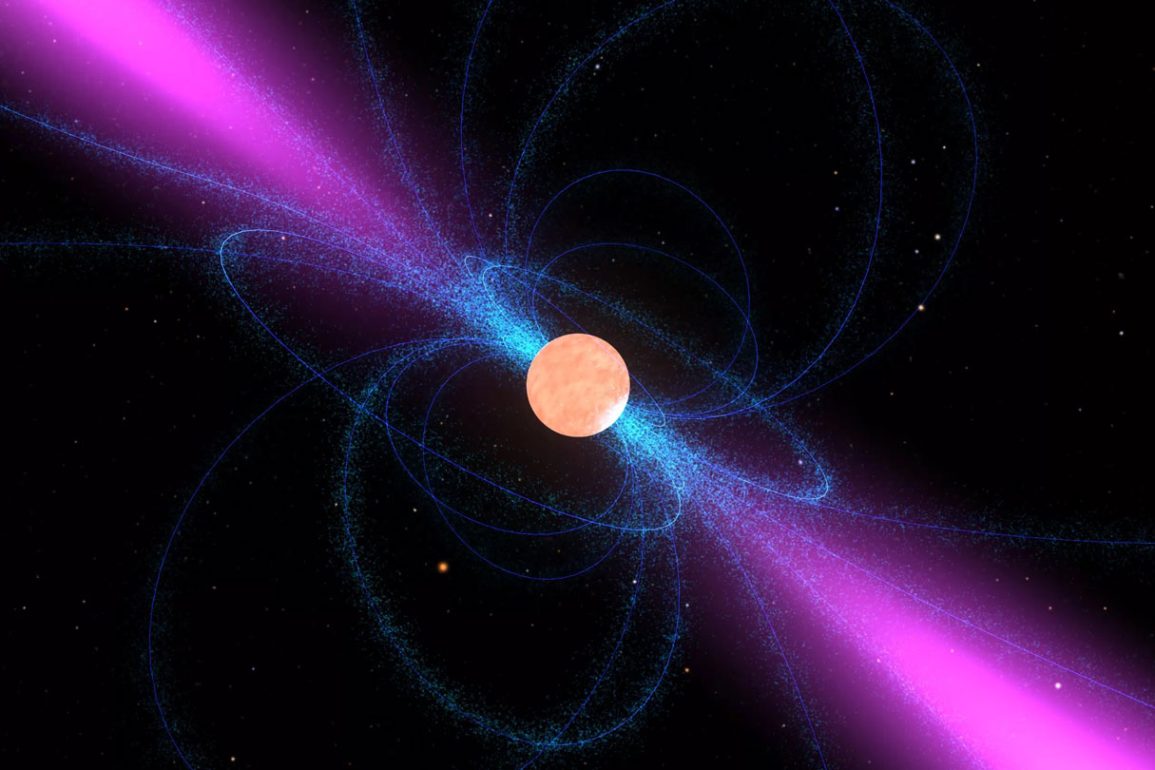Astronomers have long utilized the steady light pulses from pulsars, which are the highly magnetized remnants of dead stars that spin with great regularity, as highly accurate cosmic timekeepers and tools for observing gravitational waves. These pulses are usually extremely reliable, but occasionally they exhibit slight deviations in their timing.
Researchers are investigating these rare instances of irregularity, suggesting that the delays might be due to massive, invisible objects passing between the pulsars and Earth, causing tiny signal delays detectable on the microsecond scale.
The nature of these masses remains uncertain and contentious. John LoSecco, a professor at the University of Notre Dame, cautions against hastily labeling these phenomena as planets or dark matter. Instead, he refers to them as “mass concentrations” because their exact identity cannot be determined through radio observations alone.
These masses could be anything from brown dwarfs to white dwarfs or other unknown entities, but their exact nature remains elusive.

LoSecco and his team have been meticulously cataloging these mysterious masses by analyzing data from seven radio telescopes worldwide. Their research has identified 12 potential candidates from observations of eight different pulsars.
This study aims to provide insights into these mass concentrations, potentially contributing to the broader understanding of dark matter, which constitutes a significant portion of the universe’s matter but has yet to be observed directly.
The researchers take advantage of the dynamic movements of the Earth, the Sun, the pulsars, and even the hypothesized dark matter to observe the minute deviations in the arrival times of pulsar signals. One such mass was measured to be one-fifth the mass of the Sun, which LoSecco suggests could be a possible dark matter candidate.
This research is significant as it could reveal more about dark matter’s distribution in the Milky Way and improve the precision of pulsar data.
However, much more research is required to confirm the causes of these slight discrepancies in pulsar timings. The exact nature of dark matter remains one of the biggest mysteries in astrophysics.
LoSecco emphasizes that this research not only illuminates the possible nature and distribution of dark matter but also holds the potential to enhance the accuracy of precision measurements using pulsar data, opening new avenues for understanding the cosmos.

